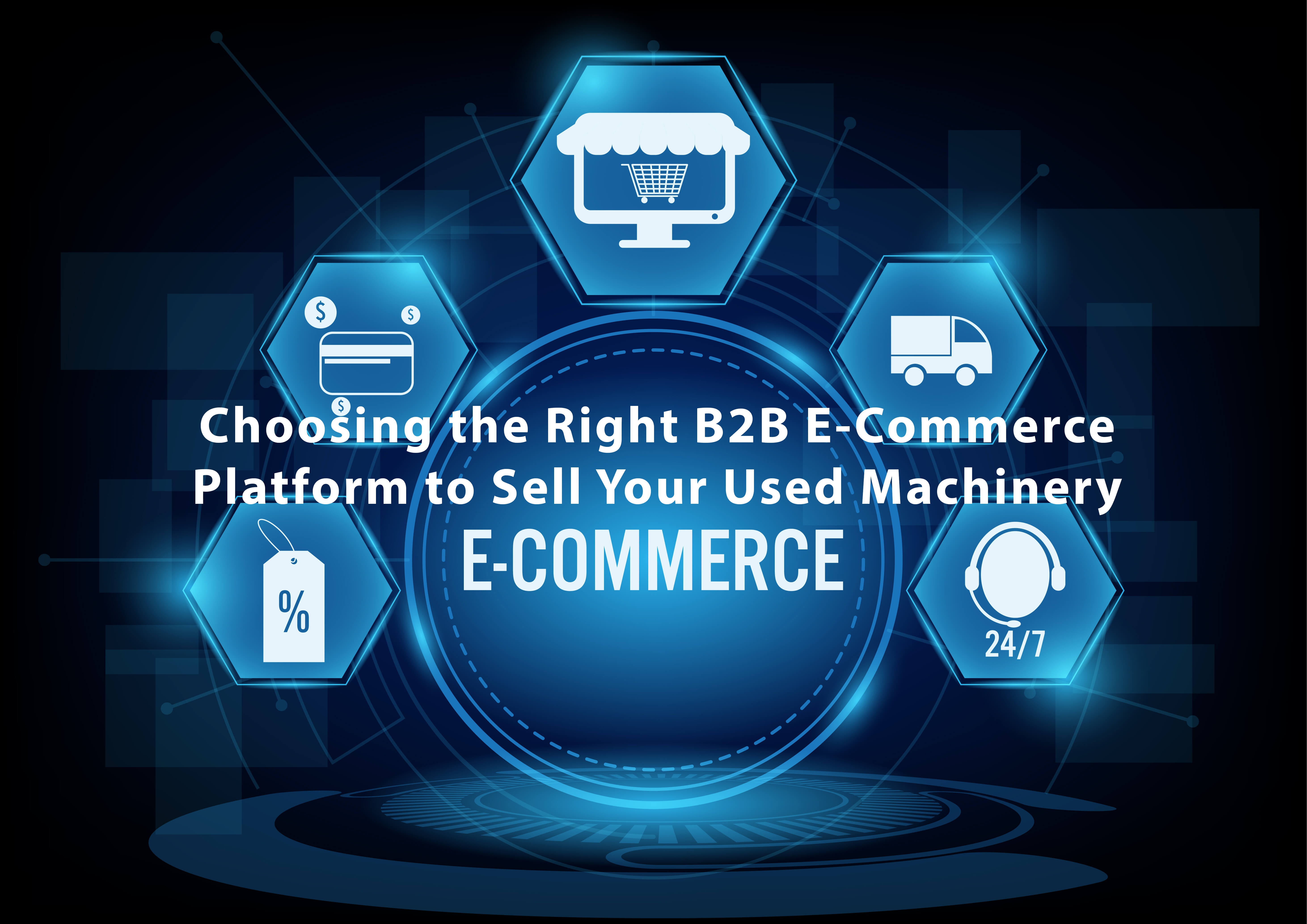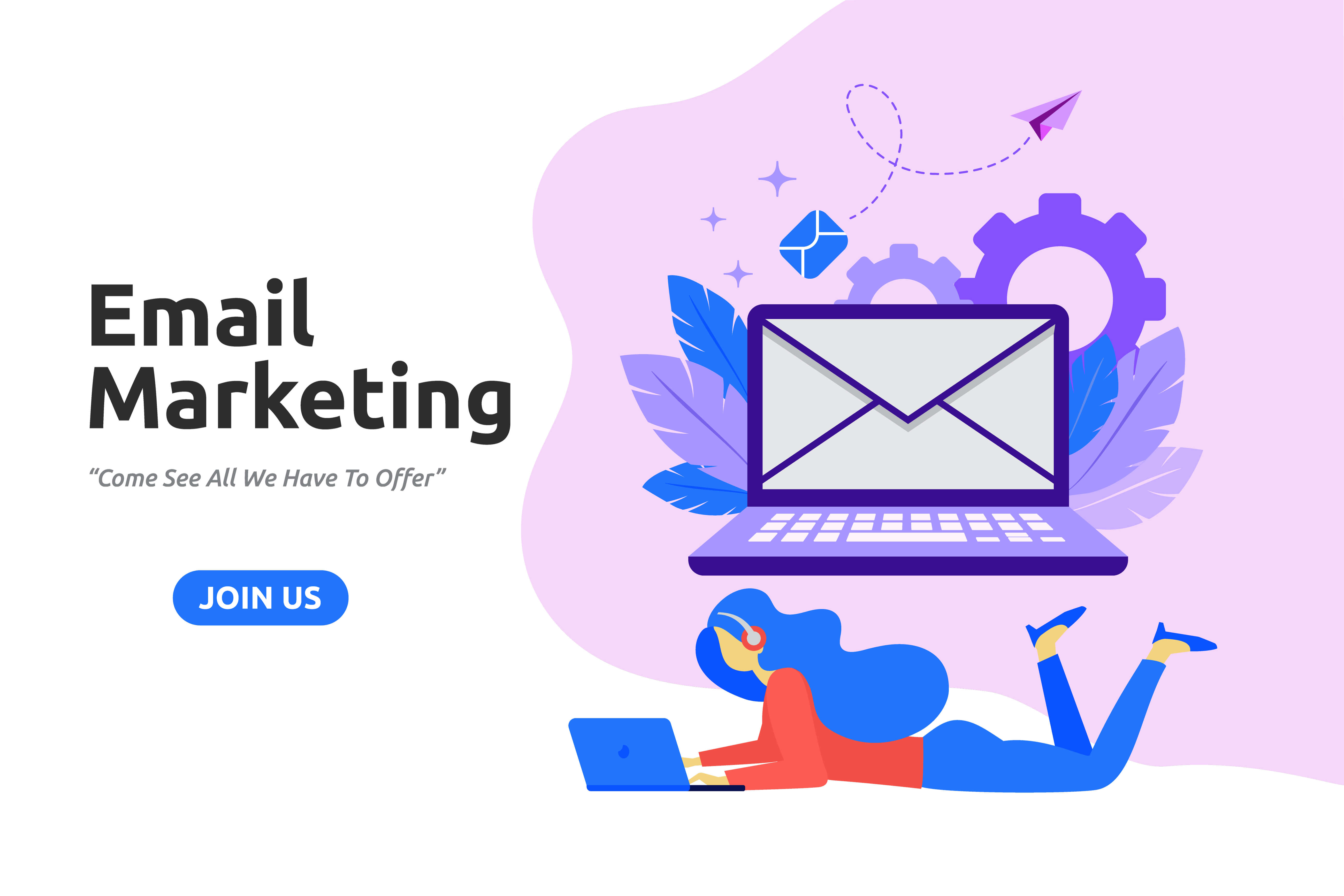Marketing is vital to every company’s success. Without the correct marketing strategies employed, no one will know about your business. Even if you have high-quality products, no one will care about them since they do not know that your business exists in the first place. It is true especially for small companies that are yet to create a name in the industry.
Allotting money for marketing plans could boost your success. Make sure though that you spend it wisely; otherwise, you will be wasting the opportunity to advertise.
You started marketing without a strategy:

Not all marketing strategies work. Some of them are expensive, but you do not see the results. Others are free, but the tactic could attract a lot of people. The marketing plan is a long process that begins by researching the people that you are targeting. You need to know what they want and what advertising strategy appeals to them. For instance, if you decide to release a video ad online, it needs to be short and concise. Within that short time, you can capture attention if you have a strategy; otherwise, no one will watch it.
You are not spending enough money:
If you think of using a portion of your budget for marketing, you need to go all-in; otherwise, you are wasting the opportunity. Some marketing strategies are expensive and require you to invest a lot. However, you also build your company’s name in the process. For instance, if you want media coverage in a massive event that is going to happen in your area, you need to spend money to be a major sponsor. If you are going to release a TV commercial, you need to spend money on quality production. You still need to be smart in determining how much to spend, but you cannot keep reducing the budget.
You expect quick results:
The problem when some people spend money on advertising is that they expect results right away. It does not work that way. When you advertise, you need to wait for a while before you see things go in the right direction. The reason why it is essential is that some people decide to give up and stop spending when the advertising efforts are still going on. Once you choose to use an advertising strategy, you cannot abandon it in the middle of the process just because you think it is not working.
You are spending everything on one strategy:
It would be a disaster if you invested all your money in one marketing effort, and it failed. Diversifying your tactics will help a lot. If you think that online marketing works, you can invest in it. However, you cannot assume that it will be successful. As such, it also helps if you spend money in other areas like the use of conventional marketing methods. You can try garment t-shirt printing since it is a proven technique that many businesses still use. You may also start giving out flyers and posters.
Be careful in using your money for marketing and make sure you are investing it in the right way.
Read Also:























